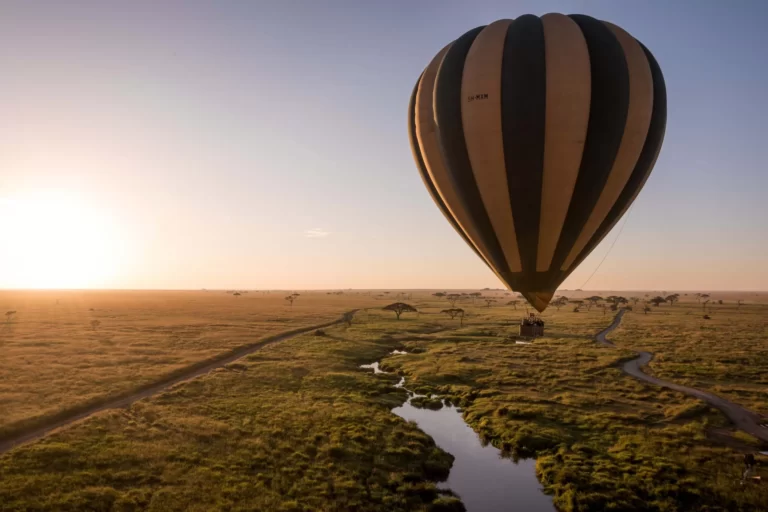Do I Need Crampons or Microspikes for Kilimanjaro?
Embarking on the journey to conquer Mount Kilimanjaro is an adventure of a lifetime. The highest peak in Africa, Kilimanjaro presents a formidable challenge to trekkers. With its diverse climates and challenging terrains. As you prepare for this epic ascent. One piece of gear stands out as indispensable: the crampons. Explore the reasons why crampons are highly recommended for every Kilimanjaro trekker. Delving into their significance, the terrains they conquer, and the safety they provide in the face of icy challenges.
Understanding the Terrain:
Mount Kilimanjaro’s unique geography encompasses multiple climate zones. Ranging from tropical rainforests to arctic conditions near the summit. Trekkers traverse a variety of terrains, including rocky paths, steep ascents, and potentially icy slopes. The presence of glaciers, particularly on the upper reaches of the mountain, adds an element of ice and snow to the challenge.
Tackling Icy Conditions:
The best hiking boots for Kilimanjaro. Kilimanjaro’s summit is often covered with snow and ice, especially on the Uhuru Peak, the highest point. As trekkers ascend, the terrain becomes icy and slippery, posing a significant challenge. Crampons, with their sharp metal spikes, provide the necessary traction to navigate these frozen surfaces safely.
Ensuring Stability on Rocky Sections:
While crampons are traditionally associated with ice and snow. They are also invaluable on rocky sections of the climb. The metal spikes grip onto uneven surfaces, providing trekkers with enhanced stability and preventing slips and falls.
Navigating Steep Slopes:
Kilimanjaro features steep slopes and inclines, particularly in the higher elevations. Crampons offer the necessary grip to ascend and descend safely, reducing the risk of accidents and injuries associated with slippery or unstable surfaces.
The Significance of Crampons:
Traction and Stability:
The primary purpose of crampons is to provide traction on slippery surfaces. The metal spikes, strategically positioned on the soles of the boots, dig into the ice and snow, offering trekkers stability and confidence in each step.
Improved Climbing Efficiency:
The best hiking boots for Kilimanjaro. With crampons, trekkers can move more efficiently across challenging terrains. Ascending and descending steep slopes becomes less strenuous, allowing climbers to conserve energy for the demanding ascent to the summit.
Safety in Icy Conditions:
As trekkers approach the upper reaches of Kilimanjaro, icy conditions become a real concern. Crampons significantly reduce the risk of slips and falls, ensure the overall safety of the climb and minimizing the potential for injuries.
Versatility in Varying Terrains:
Crampons are versatile gear that can be adapted to different terrains. Whether navigating rocky paths, icy slopes, or a combination of both, crampons provide a level of adaptability that is crucial for a successful Kilimanjaro ascent.
Safety First: FAQs About Crampons on Kilimanjaro
Do I really need crampons for Kilimanjaro?
Yes, crampons are highly recommended, especially for the summit attempt. The presence of ice and snow on the upper reaches of the mountain makes crampons essential for safe and secure footing.
Can I rent crampons locally, or should I bring my own?
While some hiking companies provide rental gear, it’s advisable to bring your own crampons that you are familiar with and that fit on your boots. This ensures a proper fit and reduces the risk of not comfortable or accidents.
Are crampons difficult to use for a beginner?
While crampons may seem intimidating at first, climbing guides typically provide training on their use during the climb. With a bit of practice. Even first time can quickly adapt to using crampons and experience the benefits they offer.
Can crampons be used on the entire trek, or just during the summit attempt?
Crampons are primarily used during the summit attempt when encountering icy and snowy conditions. However, they can also be beneficial in other sections of the climb with challenging terrain, providing extra stability on rocky paths.
Are crampons needed for Kilimanjaro?
Kilimanjaro Trail Conditions? Sturdy, waterproof footwear, with rugged soles and ankle support, are essential. You don’t need mountaineering boots, and only occasionally will microspikes or crampons be necessary. Mostly on the Western Breach, a little-used route to the summit.
Do I need insulated boots for Kilimanjaro?
The best hiking boots for Kilimanjaro – The best hiking boots for Kilimanjaro: Insulation. The inside lining of hiking boots is important as this determines to a large degree the warmth of your feet while trekking. This is very important on a Kilimanjaro climb where you enter some very cold climates near the top of the mountain, including an arctic climate at the summit. Why We Recommend Crampons For Every Kilimanjaro Trek.
What Hiking Pants Do I Wear to Climb Kilimanjaro?
Can you wear shorts on Kilimanjaro? Shorts are optional on Kilimanjaro. Full length pants are recommended for most of the hiking as they help shield the sun, stop insects, and protect against abrasions. But if you love hiking in shorts, we suggest getting shorts that are lightweight and knee length, with deep pockets and pockets that zip shut.
Conclusion: Do you need crampons for Kilimanjaro in June
As you gear up for the challenge of conquering Mount Kilimanjaro. Don’t underestimate the importance of crampons. These essential pieces of equipment go beyond the traditional association with ice and snow. Why We Recommend Crampons For Every Kilimanjaro Trek. They are versatile tools that enhance safety, stability, and efficiency throughout the trek. From navigating icy slopes to providing stability on rocky terrains. Crampons are the unsung heroes of a successful Kilimanjaro ascent.








